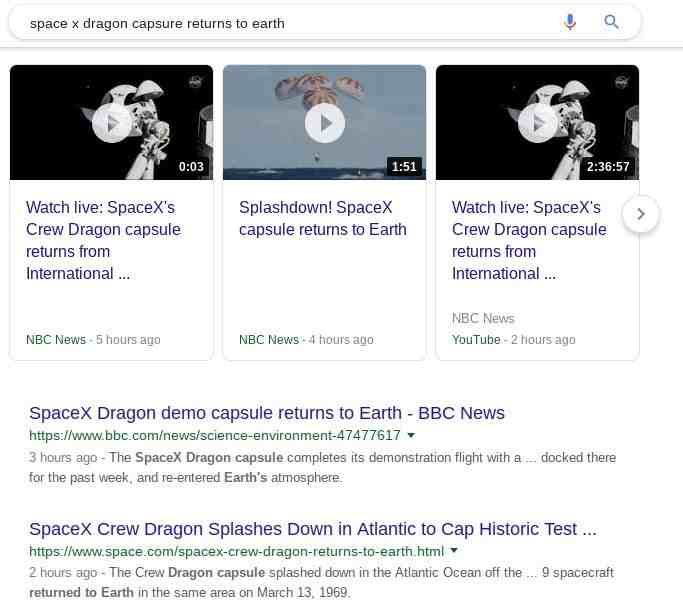Given that the top three positions on the SERP secure 52 percent of the clicks, the importance of ranking content as highly as possible cannot be underestimated. Although marketers do not know the exact list of factors that Google considers and how they are weighed, Google has given us a good idea of various important criteria.
We know, for example, that the reputation of the site as a whole is heavily considered. Consider how quickly major domains, like The New York Times or BBC, can get a page ranked even before they have had the chance to gather large amounts of backlinks or even traffic. The reputation of the domain and brand carries weight.
Given the importance of domain reputation, paying attention to the content across your domain can help influence the SEO of individual pages. To build your  cross-domain SEO, content pruning and building content clusters can help you establish your site as a reputable authority on particular topics.
cross-domain SEO, content pruning and building content clusters can help you establish your site as a reputable authority on particular topics.
As you look at improving your on-site SEO, here is what you should know about content pruning and nurturing content clusters.
What is content pruning?
Content pruning is the process of determining which pages do not provide value for users or the website and deleting them to create a stronger focus on the higher quality pages. It involves evaluating the old content on your site and looking to see which pages are poor quality and might even be harming the reputation of the domain as a whole. These types of pages do not perform well, do not rank well, and do not do a good job of meeting the expectations of users or search engines.
When you do go through the process of content pruning, customers who end up clicking on the URL of one of the deleted pages will find themselves rerouted to a higher quality page that then does a better job of meeting the needs of the user.
The goal behind this type of strategy is to help Google better focus on the best pages the site has to offer. This will ensure that the dilution of the poor- quality pages does not drag down the success of the domain as a whole.
What is a content cluster?
A content cluster describes a grouping of content that focuses around a particular topic or overarching idea that matters to your target audience. For example, at the top of the pyramid, you would have content that addresses a critical topic more generally. Clustered together with this topic will be information that relates to the overarching topic and can be internally linked. This type of content focuses on more specific elements of the topic, diving deeply into the material and providing critical value.
Using a content cluster helps to establish your site as an authority on the subject. You develop an impressive library related to this particular subject, making it clear to search engines and readers that you know valuable information about this topic. It also helps to organize the content so that Google can understand more easily how the content relates. Visitors to your site also find it easier to find other content that might interest them. Some of BrightEdge's content clusters include, SEO Case Studies, SEO Webinars, SEO White Papers and POVs, and SEO and Marketing Quizzes.
Creating content clusters also helps to build semantic links between related types of content. This further boosts the domain’s authority within Google, and semantic keywords help the search engine giant better understand content published.
How do I prune my content and develop my own content clusters?
To better organize your content and to take advantage of content clusters and pruning your content, you should begin by running a content audit. This first step remains essential because it will give you a good idea of precisely what types of content you have and how each piece performs and relates to the rest of the material on your website.
You can generate a list of all the indexed content on your site either through Google Webmaster or by performing a Google search precisely of your website. By typing ‘site:’ before your domain, you can then pull up a list of all the pages within your domain that Google has indexed.
Armed with the list of your pages, you can then start to analyze your existing content. Gather helpful information, such as the topics covered, the amount of traffic going to the page, its role within your buyer’s journey, how the page links to others within your site, and the number of external backlinks you have pointing at particular pages. This information will help you determine the value and quality of each individual page.
Start to organize your cluster
Now take a close look at your highest-performing pages and examine how they could be organized. Look for overarching themes or topics that seem to apply to several different pages and can start to form your clusters.
Next, perform keyword research oriented towards your target audience. You will start to compile lists of topics that matter the most to your target audience. You may have slightly different clusters that different buyer personas prioritize. Start to group these keywords and topics into your broad, overarching ideas that will form each cluster.
Examine your clusters closely to see how well they are organized. The pages within a like cluster or content silo should connect to each other well through internal links and reading recommendations that will encourage visitors to continue to engage with the site.
Determine also which content clusters have been well filled-out and which ones remain weak in terms of content quality and quantity. These gaps should be prioritized as you move forward with your content reorganization.
Begin pruning the poorest-performing content
Examine the pages of your site that had the lowest-performing statistics. Determine if this material could be modified and see improved rankings and performance. You also want to check to see if this low-performing content fits well into any of your content clusters. Content that does not fit into any of your clusters and is low performing will likely be material you end up deleting.
Try to figure out why your lowest-performing content has not been putting up the numbers you want to see. For example, does it not align well with the target audience? Is it poorly written? Is it very out-of-date? The answers to these questions will help you determine if the content is worth trying to save.
The content that you do end up deleting should be handled correctly to ensure that it does not hurt your SEO or user experience. Even if content performs poorly and doesn’t fit in well with the clusters you want to create on the site, you might still have people who follow old backlinks or otherwise end up on the now-deleted page. Make sure the material has a permanent 301 redirect and takes users to content that is the most likely to answer their needs.
Building your domain as an authoritative resource within your industry can help elevate the SEO for all your individual pages. As you perform your content audit, consider how content pruning and building content clusters can help you create the site that will help drive your site forward.


